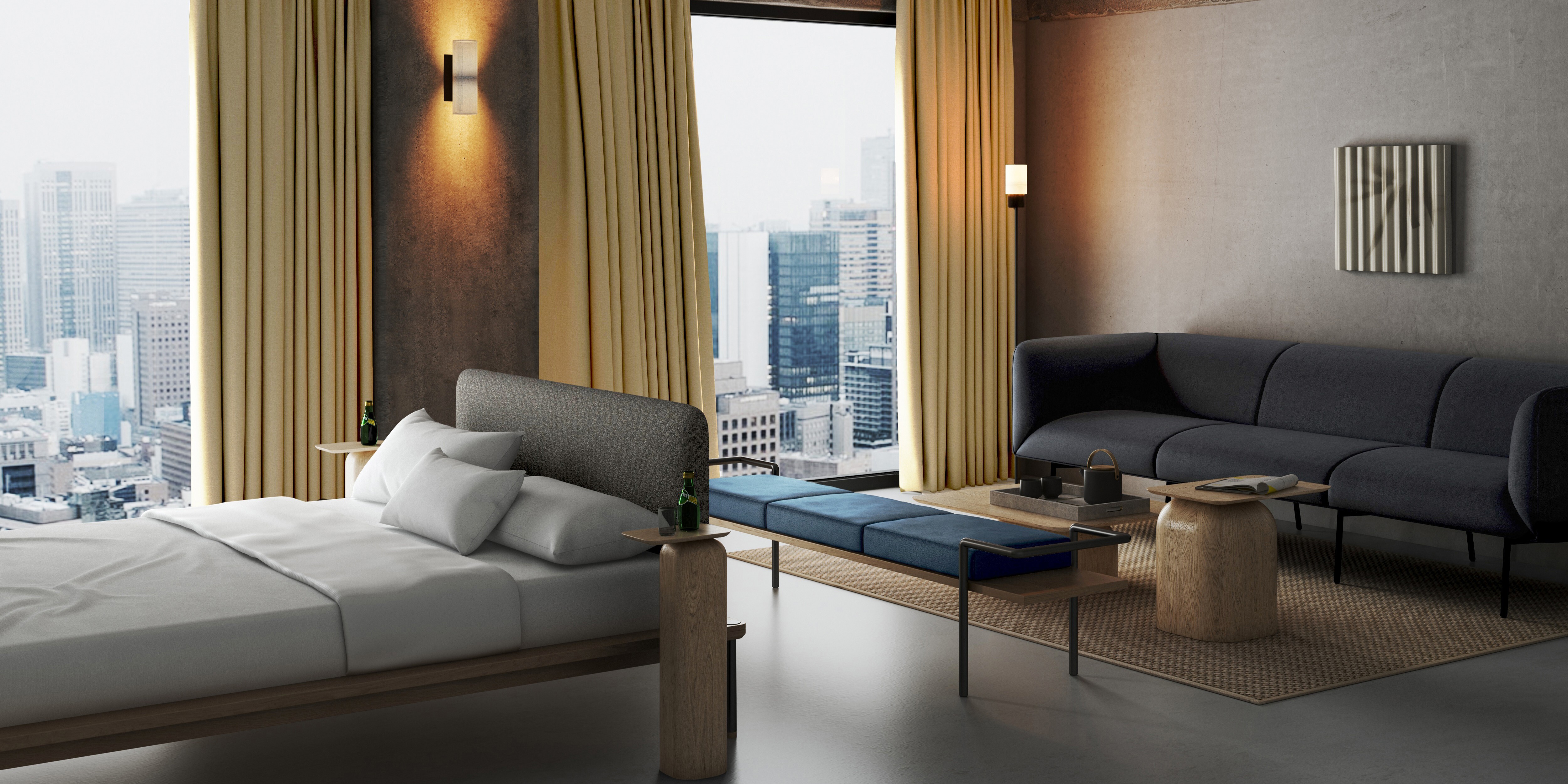Examples of sustainable design are all around us, from innovative architecture, the proliferation of solar panels and wind turbines, and the rise of ‘slow’ fashion.
We are all aware that sustainable product development is vital, but what is it?
Sustainable design is the intention to reduce or completely eliminate negative environmental impacts through thoughtful design decisions. - Ecolife

Consumption and waste
Minimising consumption and waste of existing resources lie at the heart of sustainable design.
This is because humans are not just over-consuming resources; we’re also wasting them at an unbelievable rate.
2020 has made it clear that one person, group or company cannot tackle the world’s challenges alone.
Now is the time for a collective vision around our future and focused action in order to achieve it.
The need for waste reduction has never been more pointed than now.
We also need to slam the brakes on the rampant consumerism that has so defined our lives in recent decades.
“We can’t just consume our way to a more sustainable world”- ecowarriorprincess
Sustainable design for the planet
Change has already begun and companies across the globe, even whole industries, are making steps in the right direction towards a shared goal of more sustainable development.
We are all recognising the impact of our design decisions and manufacturing processes. Environmentally sustainable design has moved from the sidelines into the mainstream where it belongs. The benefits are far-reaching, both for our lives now and the lives of the generations to come.
A Chinese proverb says: “One generation plants the trees, another gets the shade.” – Our tree planting project
This is the philosophy of designing physical objects, the built environment, and services to comply with the principles of ecological sustainability.
The environment isn’t the only benefactor of responsible design choices. Our community is, too.
Sustainable design for each other
 Design ethics and socially responsible design revolves around these ideas of community and public interest. This is human-centred design where aesthetics aren’t the sole consideration for designers.
Design ethics and socially responsible design revolves around these ideas of community and public interest. This is human-centred design where aesthetics aren’t the sole consideration for designers.
It’s the function of the design that’s equally as important as the form it takes.
Society is not only becoming increasingly aware of the importance of sustainability in interior and industrial design, it’s also now easier than ever for professional and amateur designers alike to find décor products made with recycled materials. - 6 restaurant interior design trends you need to know about for 2019
Sustainable responsibility and the FR-One ethos
Responsible design begins at home. In fact, we're excited to announce that our next range will present fabrics made of recycled polyester.
We will be putting more energy into promoting a concise range of key products and reinventing proven best sellers rather than producing more products simply for the sake of creating something new.
Our new range will also be certified under the STANDARD 100 by OEKO-TEX®
This guarantees that our fabrics will not release any harmful finishes or chemicals into the world, making FR-One fabrics completely safe for contact with human skin. It puts consumer safety and environmental responsibility at the heart of textile manufacturing.
Join the conversation
What’s your main concern right now about sustainable design? Join the discussion on Instagram!
You can also read more about our values and our ethics here on our site.





